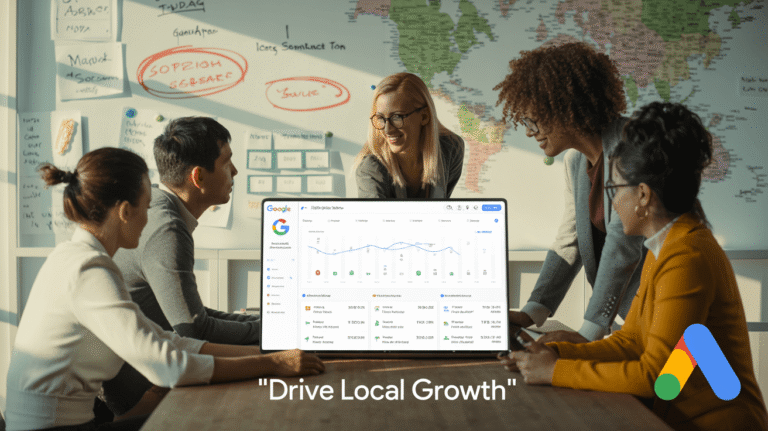How to Rank in the Google Map Pack: A 2025 Guide for Service-Area Businesses
If you're a service-area business, landing in the top 3 of the Google Map Pack isn’t just nice—it’s the difference between growing your client base or disappearing from local search entirely.
In 2025, ranking in the Map Pack means optimizing more than just your Google Business Profile (GBP). It’s about trust, proximity, and data consistency—plus a few advanced tactics Google rarely spells out.
Here’s how to win.
What Is the Google Map Pack—and Why Does It Matter?
The Map Pack is the three-pack of businesses that shows up under the map when someone Googles “near me” services like “plumber in Phoenix” or “estate lawyer Chandler.”
Appearing here means you:
- Show up before organic results
- Get more clicks and calls
- Capture mobile and voice search traffic
2025 Map Pack Ranking Factors (What Actually Matters)
Google looks at three main factors for Map Pack visibility:
- Relevance – Is your GBP aligned with what the searcher wants?
- Proximity – Are you physically or service-wise close to the searcher?
- Prominence – Does your business look trustworthy (reviews, backlinks, etc.)?
Google rarely explains how it weighs these—but these are the areas to focus on.
Optimize Your Google Business Profile (GBP)
Here’s what a fully optimized profile includes:
- Primary + secondary categories
- Service areas accurately listed
- Business hours and holiday updates
- Keyword-rich description
- Photos (especially storefront, team, and services)
- Real reviews with relevant terms
Don’t forget to use UTM-tagged links to your website for better tracking.
Build Local Landing Pages (Not Just a Homepage)
Your GBP should link to city-specific or service-specific landing pages—not a generic homepage. Why?
- It helps Google understand your local relevance
- You can optimize each page for specific keywords
- Conversion rates go way up
Make sure each page has:
- NAP (Name, Address, Phone)
- Embedded Google map
- Local schema markup
- Testimonials or reviews
Add Local Schema + Citations
Use Location schema, Service schema, and FAQ schema on your site. This helps Google connect the dots between your GBP and your website.
Also:
- Submit to local directories (BrightLocal, Moz Local, etc.)
- Keep NAP consistent across all platforms
Review Strategy = Ranking Strategy
In 2025, high-quality reviews are more important than ever:
- Ask customers to include the service name and city (e.g., “roof repair in Scottsdale”)
- Reply to every review
- Use a review management system (like GatherUp or NiceJob)
Track What’s Working
Use:
- Search Console → to track impressions/clicks by query
- GBP Insights → to monitor visibility and calls
- UTM Parameters → to see how GBP drives traffic to your site
Final Thoughts
Ranking in the Google Map Pack isn’t a one-time task. It’s a system—and if you’re a multi-location or service-area brand, it needs to scale.
By focusing on GBP optimization, local content, and reviews, you’ll put your business in front of ready-to-buy local searchers, right when they need you.


